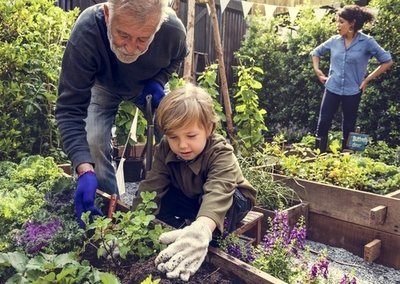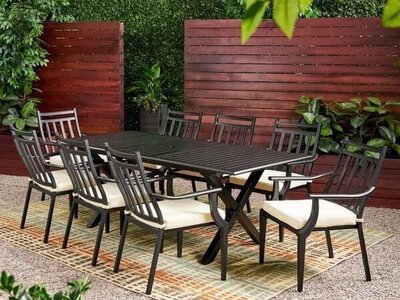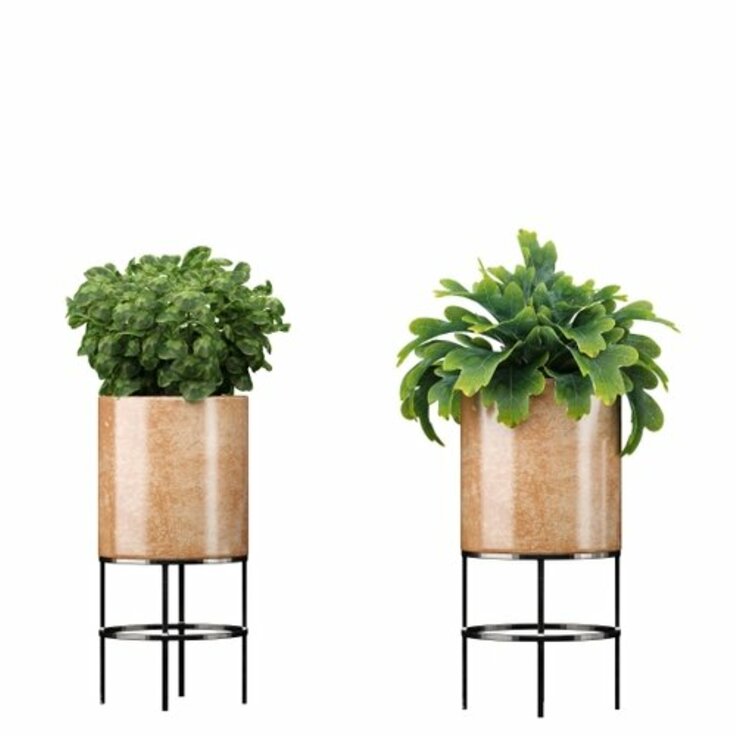All About Plant Cuttings
Cuttings are a popular and accessible way to propagate your plants. Whether you're an experienced gardener or just starting out, making your own cuttings can be highly satisfying. In this article, we'll explore the world of plant cuttings and provide practical tips on how to take cuttings from various plant species such as the pancake plant, hydrangea, monstera, and orchid. We'll answer frequently asked questions and share useful tools to make the process easier.
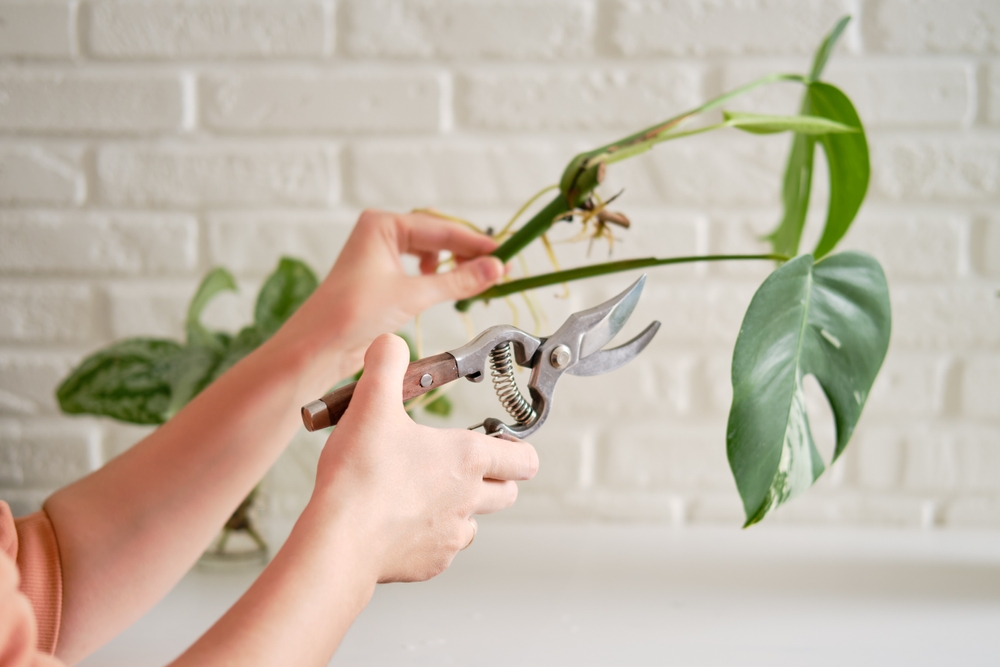
What are Cuttings?
Cuttings involve using a part of a plant to grow a new plant. This can be done with leaves, stems, or roots, depending on the plant species. The main advantage of taking cuttings is that you can obtain new plants affordably that are genetically identical to the parent plant. Additionally, it's a great way to expand your plant collection without incurring significant costs.
Frequently Asked Questions About Cuttings
How long does it take for a cutting to develop roots?
The time required varies depending on the plant species and conditions. Generally, it takes a few weeks to several months for a cutting to begin developing roots. Ensure that you place the cuttings in a warm, moist environment to speed up the process.
How do I know when a cutting is ready to be transplanted?
A cutting is ready for transplanting when the roots are at least a few centimetres long and appear well-developed. For some plants, you may see roots growing through the soil, which is a sign that it's time to transplant.
Do cuttings always need to be placed in water?
Not all cuttings need to be placed in water. Some plants can be directly inserted into soil. It depends on the plant species and the desired growing conditions. However, the water propagation method is often useful as it allows you to monitor root development.
Plant Species and Their Cutting Methods
Let’s now look at how to take cuttings from some popular plants.
Pancake Plant or Chinese Money plant Cuttings
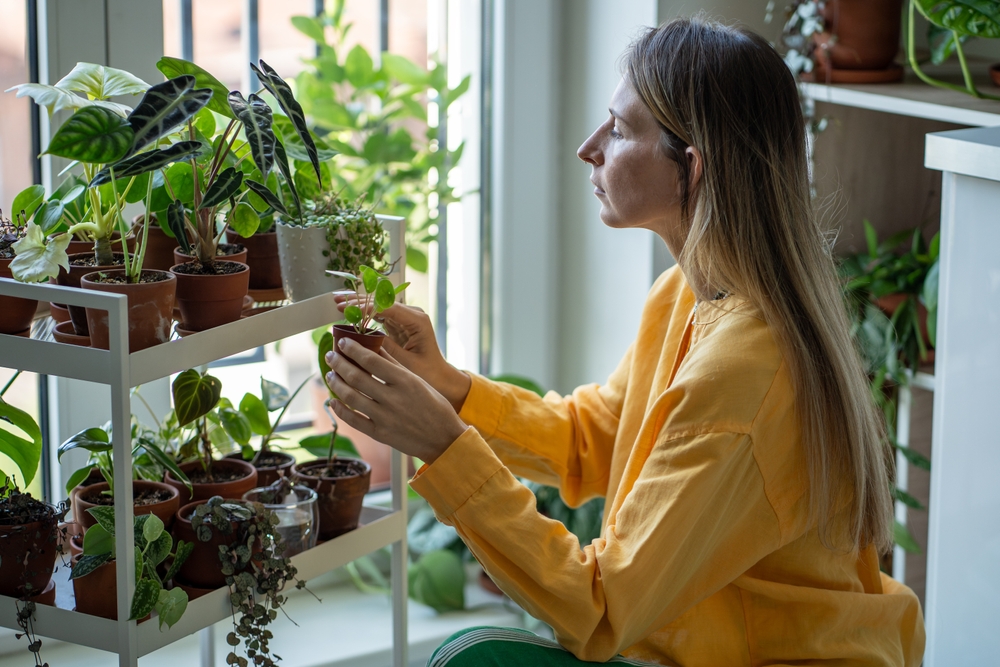
The pancake plant or Chinese Money plant (Pilea peperomioides) is known for its attractive, round leaves and easy care. Cuttings are typically taken from the offsets or "pups" that often grow at the base of the plant.
How to take cuttings:
- Choose a healthy pup that is at least 5-10 cm long.
- Carefully cut the pup with clean, sharp scissors.
- Allow the cut surface to dry for a few hours to prevent rotting.
- Plant the cutting in a pot with well-draining soil and place it in a spot with indirect sunlight.
Hydrangea Cuttings
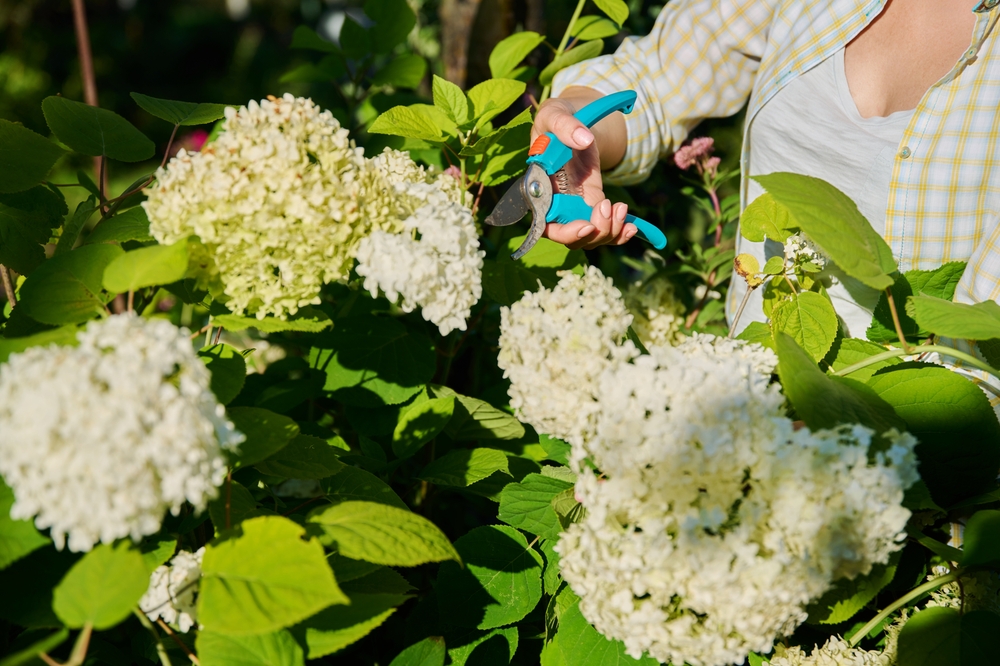
Hydrangeas are beautiful shrubs that are easy to propagate through cuttings. The best time to take hydrangea cuttings is late summer or early autumn.
How to take cuttings:
- Cut a healthy stem approximately 10-15 cm long from the hydrangea.
- Remove the lower leaves so they do not touch the soil.
- Dip the cut end in rooting hormone to encourage root development.
- Plant the cutting in a mix of potting soil and perlite or sand for good drainage.
- Cover the pot with a transparent bag to create a greenhouse effect and keep the soil moist.
Monstera Cuttings

The Monstera (Monstera deliciosa) is a popular houseplant with large, decorative leaves. Cuttings are often taken from aerial roots or leaves with a bit of stem.
How to take cuttings:
- Cut a healthy stem with an aerial root or several leaves and nodes.
- Place the cutting in a pot with soil or in water.
- If placing the cutting in water, wait until the roots are a few centimetres long before planting it in soil.
Orchid Cuttings
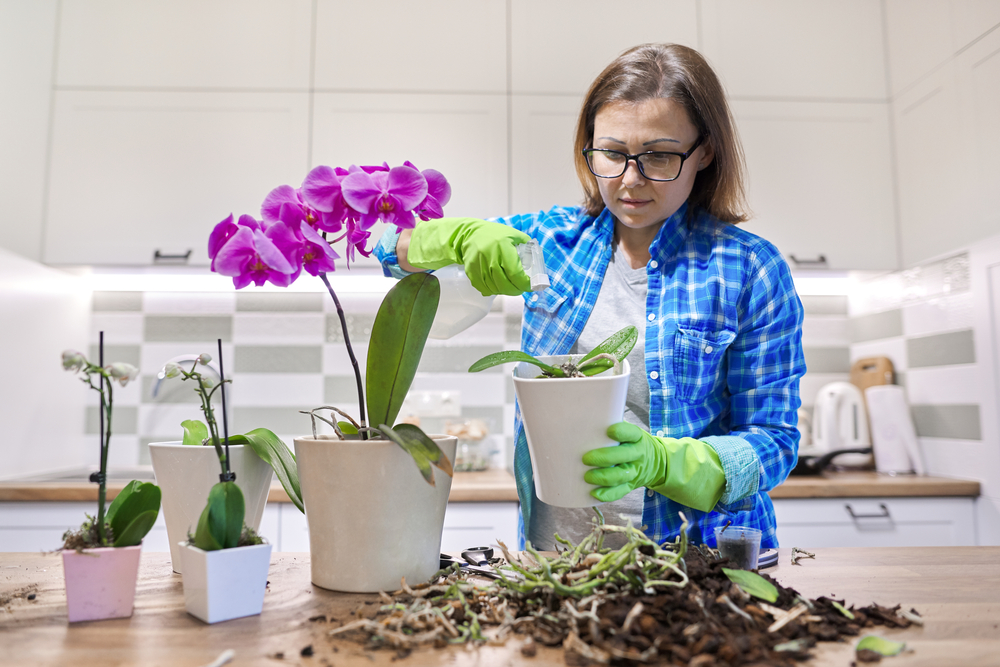
Propagating orchids can be a bit trickier, but it’s possible with some patience. Orchids are usually propagated by separating pseudobulbs or by using keikis (baby orchids).
How to take cuttings:
- Carefully separate the pseudobulbs from the mother plant, ensuring each pseudobulb has some roots.
- Plant the pseudobulbs in a special orchid potting mix.
- For keikis, wait until they have developed several roots before separating them from the mother plant and planting them.
Useful Tools for Plant Cuttings
- Rooting Hormone: Essential for promoting root growth and increasing the chances of successful rooting.
- Misting Bottle: Useful for maintaining high humidity around your cuttings, which is particularly important for tropical plants like monstera and orchids.
- Cutting Pots and Propagation Trays: Special pots and trays with a well-draining base help keep the roots healthy and promote root growth.
- Clean Scissors: For making sterile cuts and minimising the risk of infections, clean, sharp scissors are crucial.
- Potting Mixes: There are specific potting mixes available for different plant species that ensure proper drainage and nutrients.
Taking cuttings is an excellent way to propagate your plants and enrich your garden or interior with new greenery. By following the right techniques and using helpful tools, you can successfully propagate pancake plants, hydrangeas, monsteras, and orchids. Be patient and take good care of your cuttings. With the right approach and a bit of care, you can enjoy a beautiful collection of plants that you’ve grown yourself. Happy gardening!

